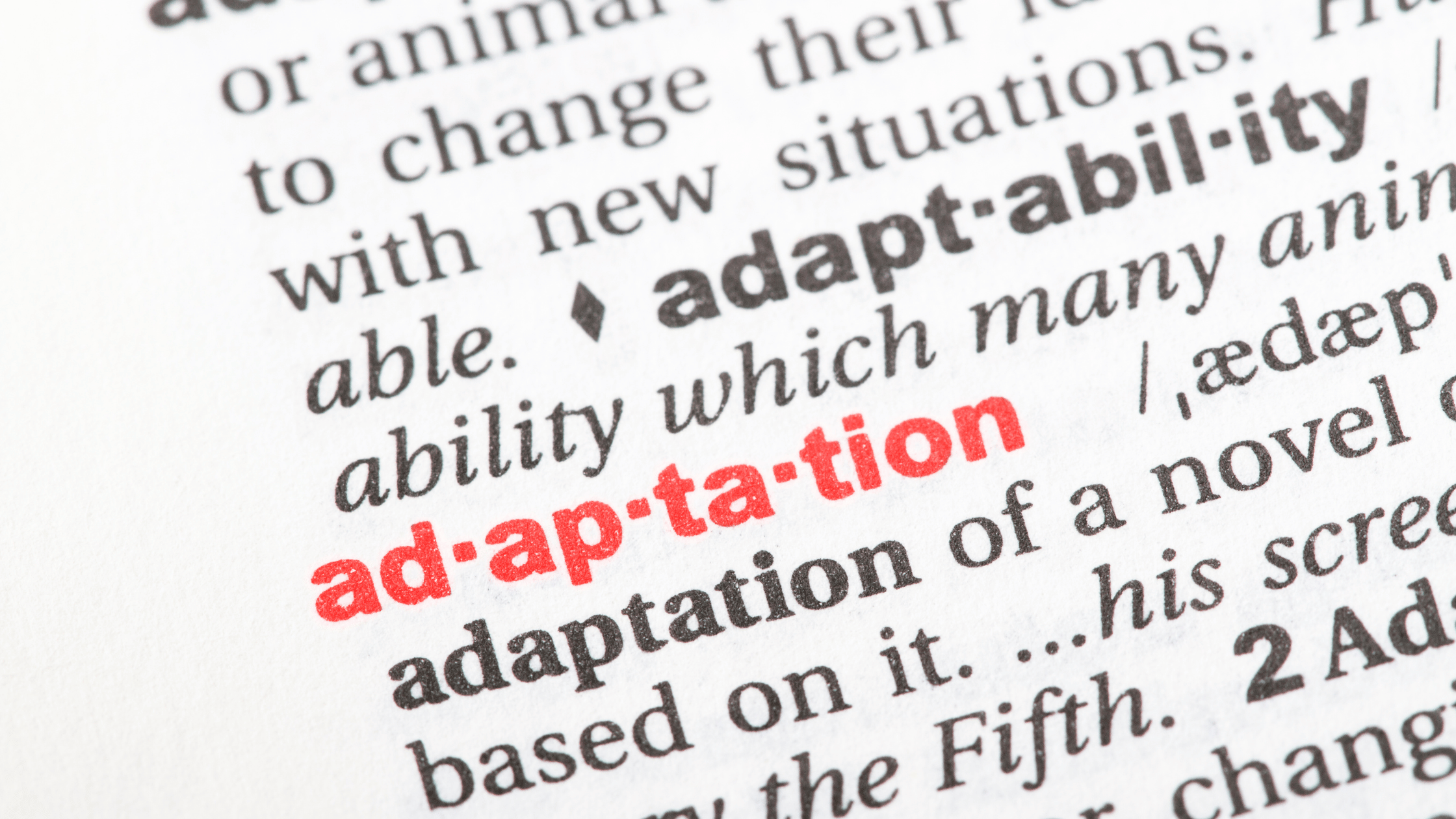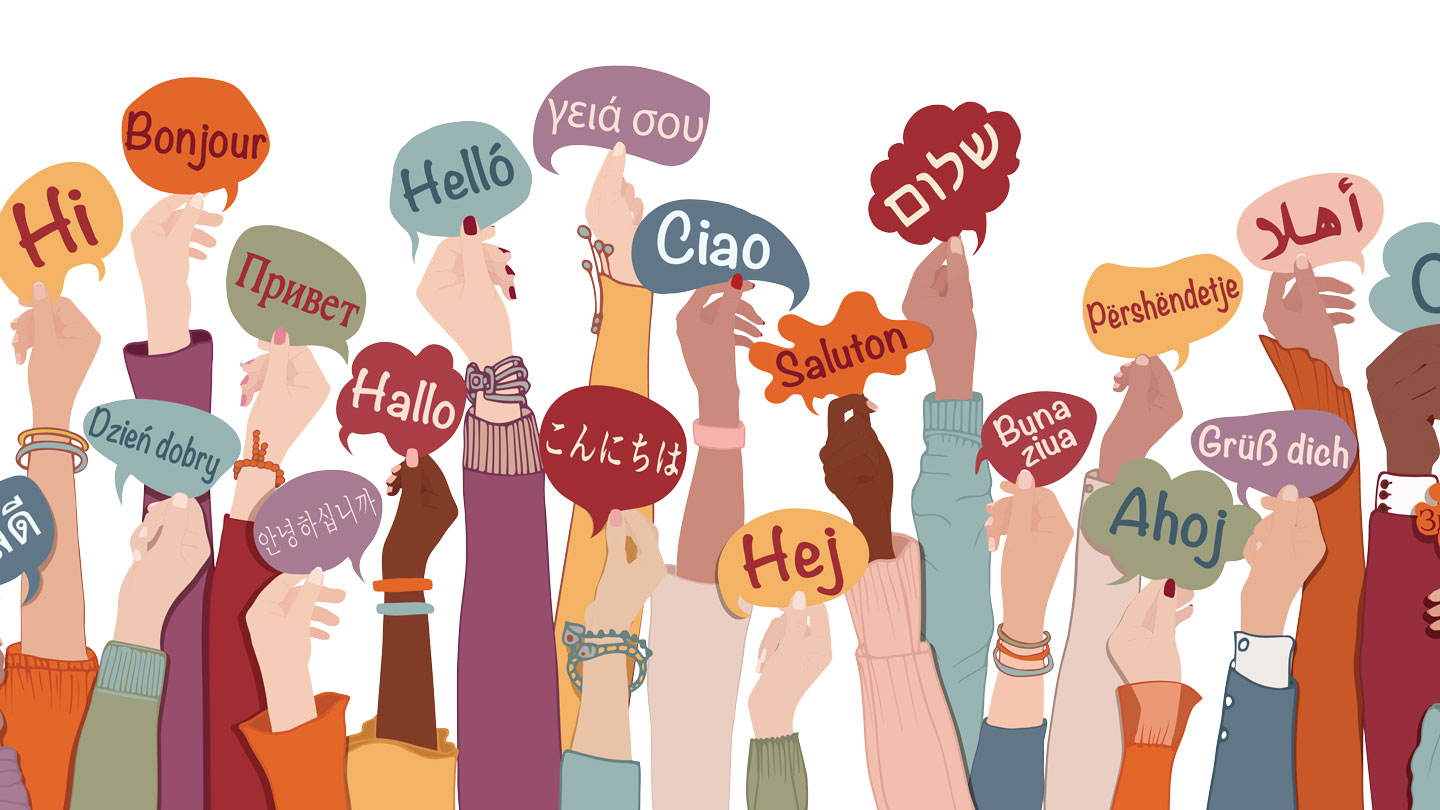solsticeuniversity.com – Language is not a static entity; it evolves continuously, shaped by cultural, social, and technological influences. Understanding language change and adaptation provides insight into how communication reflects human experience and interaction over time.
The Nature of Language Change
Language change can occur on multiple levels, including phonetics (sounds), morphology (word forms), syntax (sentence structure), and semantics (meaning). Change is often gradual and can be driven by various factors:
- Social Interaction: As communities grow and interact, languages blend. New slang, idioms, and phrases emerge, often influenced by cultural exchanges. For example, the rise of English as a global lingua franca has introduced numerous loanwords from other languages.
- Technology: The digital age has dramatically altered language. Text messaging and social media have popularized abbreviations, emojis, and new lexicons. Terms like “selfie,” “hashtag,” and “ghosting” have entered everyday language, reflecting changing communication styles.
- Globalization: As people from different linguistic backgrounds come into contact, languages borrow elements from one another. For instance, English has absorbed words from languages like French (“ballet”), Spanish (“fiesta”), and Japanese (“sushi”), enriching its vocabulary.
- Cultural Shifts: Changes in societal values and norms influence language. For example, terms related to gender and identity have evolved significantly in recent years, with increasing awareness leading to more inclusive language practices.
Mechanisms of Change
Language change can occur through several mechanisms:
- Phonetic Change: Pronunciation shifts can lead to new dialects. For instance, the Great Vowel Shift in English during the 15th to 18th centuries altered the pronunciation of long vowels, influencing the way words are spoken today.
- Morphological Change: The way words are formed can also change. For example, the use of “text” as a verb (“to text someone”) illustrates how new meanings can emerge from existing words.
- Semantic Change: Words can change in meaning over time. The word “gay,” for example, originally meant “happy” but has shifted in meaning to refer predominantly to sexual orientation.
The Role of Dialects and Accents
Dialects and accents are crucial in understanding language adaptation. They reflect regional and cultural identities, often diverging from the standard language. As people move and interact, dialects can converge or diverge, leading to new forms of speech. For instance, the English spoken in the United States has developed distinct regional dialects, such as Southern or Midwestern English, each with unique vocabulary and pronunciation.
The Impact of Language Change
Language change is a natural part of linguistic evolution, but it can also raise concerns about language preservation. As languages evolve, especially minority or endangered languages, there’s a risk of losing traditional forms and expressions. Efforts to document and revitalize these languages are crucial to maintaining linguistic diversity.
Conclusion
Language change and adaptation illustrate the fluid nature of communication, highlighting how language serves as a reflection of societal evolution. As we embrace the changes that come with new technology, cultural shifts, and globalization, it’s essential to recognize and celebrate the diversity and richness of language in all its forms. The ongoing evolution of language is a testament to human creativity and adaptability, shaping our shared experiences and connections.
Fun Fact
Did you know that roughly 1,500 new words are added to the English language every year? From pop culture to technology, language continues to adapt and grow!




